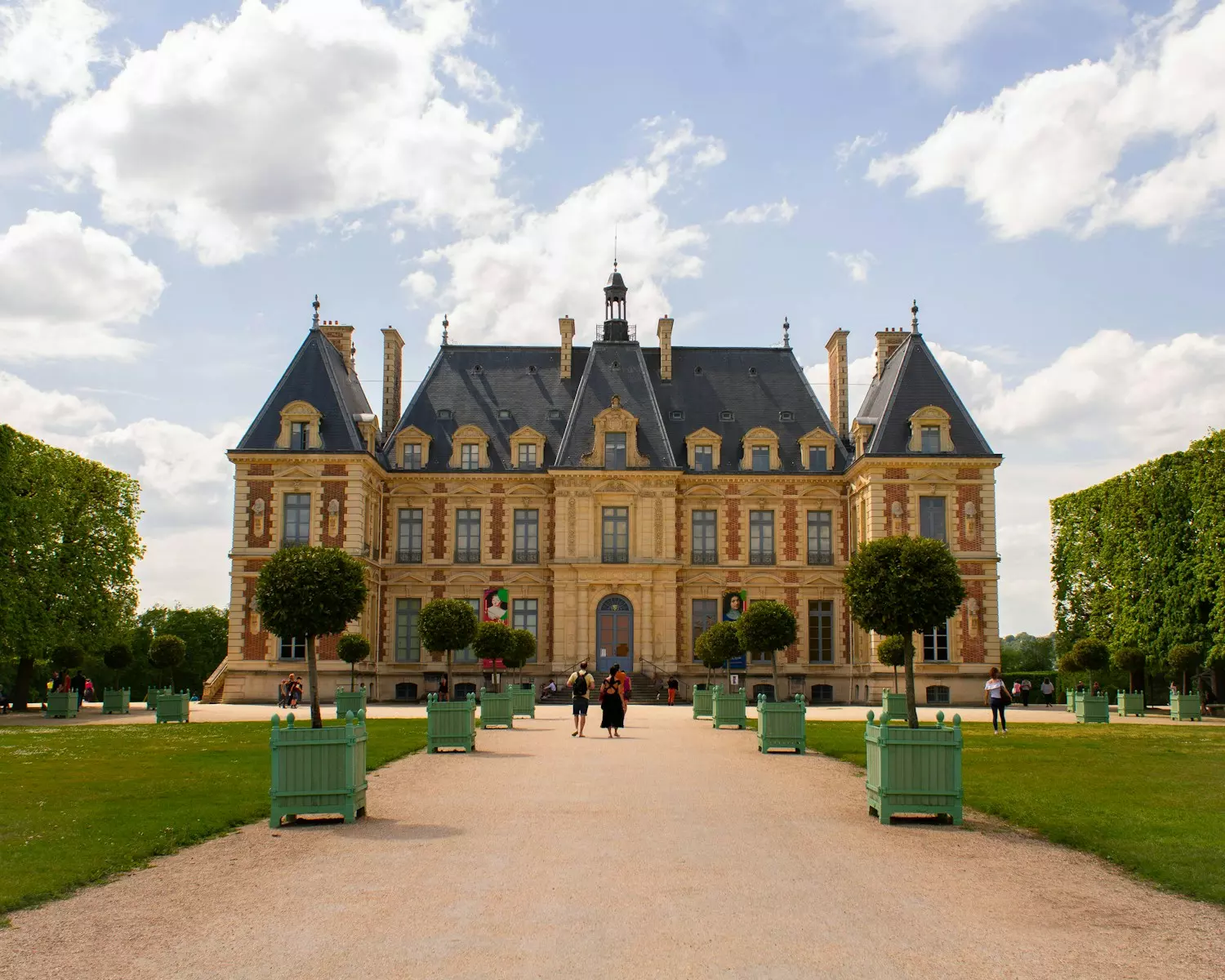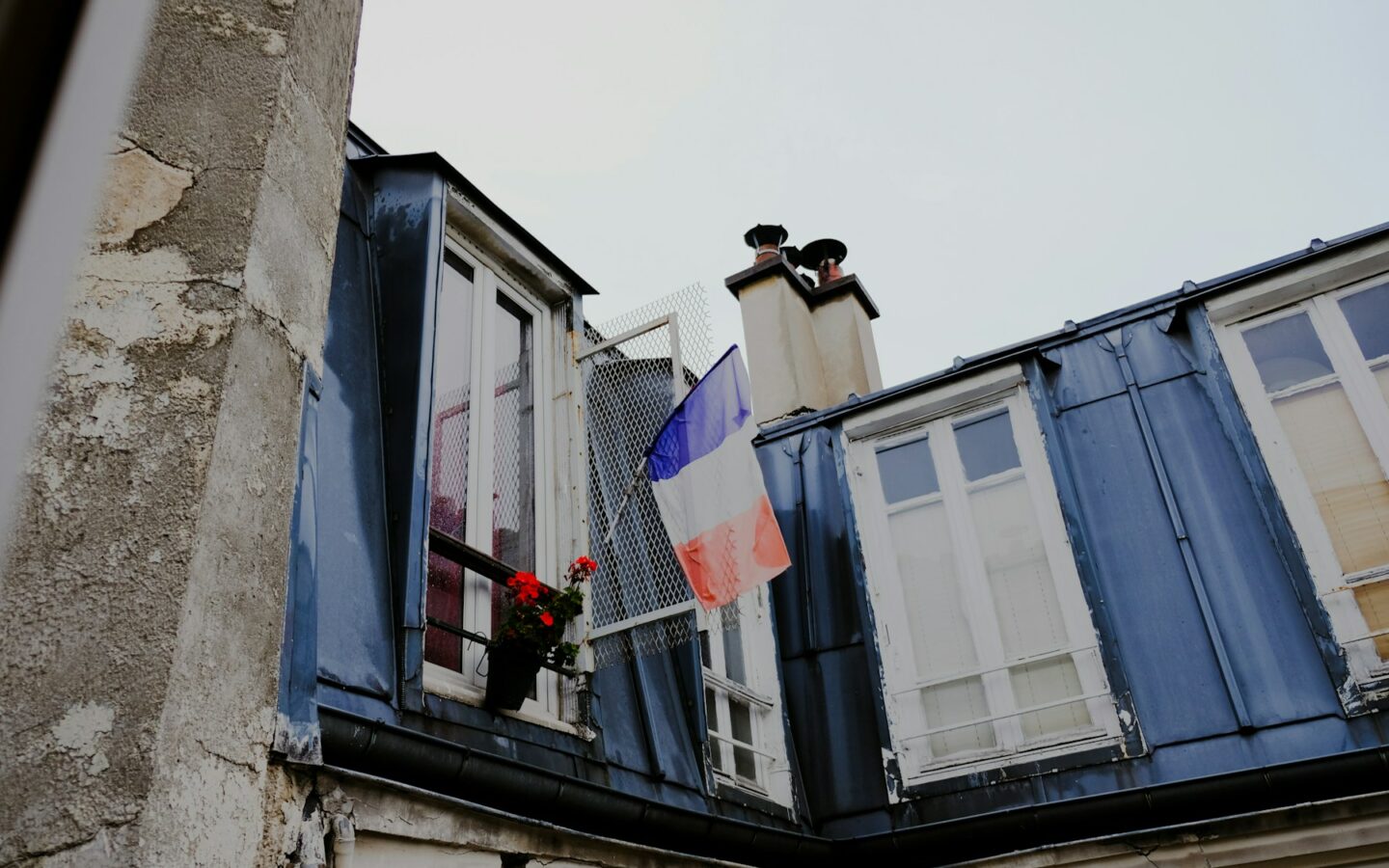In an era marked by economic uncertainty and shifting market dynamics, discerning investors are increasingly turning to unique, high-value assets to diversify and fortify their portfolios. Among these, heritage French châteaux and strategic real estate holdings stand out as compelling opportunities that blend cultural prestige with robust financial potential. This article delves into the evolving landscape of European real estate investment, highlighting the strategic significance of heritage properties and how they can serve as resilient pillars within diversified portfolios.
Get one year Free Listings!
Subscribe to our newsletter and get 1 year listings + XML imports for free and enjoy a 100% discount on all listing placement packages, no strings attached!

Understanding the Strategic Value of Heritage French Châteaux
French châteaux, emblematic of the country’s rich history and architectural grandeur, have long been coveted assets among high-net-worth individuals and institutional investors alike. Their appeal extends beyond mere aesthetic allure, encompassing factors such as cultural significance, exclusivity, and potential for diversified income streams.
Recent market analyses reveal a notable uptick in interest for heritage properties, driven by their capacity to generate revenue through luxury rentals, event hosting, and tourism-related activities. Moreover, their rarity and historical importance often translate into appreciation potential, especially when coupled with strategic restoration and management.
Market Trends and Data Insights
According to recent reports, the European luxury real estate market has demonstrated resilience amid economic fluctuations, with heritage properties maintaining or increasing their value. For instance, in regions like the Loire Valley and Provence, prime château sales have seen annual growth rates exceeding 5%, outperforming traditional residential markets.
Furthermore, the integration of heritage properties into diversified portfolios offers a hedge against inflation and currency fluctuations. Their intrinsic value, rooted in cultural significance and architectural uniqueness, provides a buffer against market volatility.
Strategic Considerations for Investors
Investing in heritage French châteaux requires a nuanced approach. Key considerations include:
- Restoration and Preservation: Ensuring compliance with heritage conservation regulations while modernizing facilities to meet contemporary standards.
- Operational Management: Developing sustainable revenue models through luxury accommodations, event spaces, or cultural tourism.
- Location and Accessibility: Prioritizing properties in accessible, high-demand regions to maximize visibility and profitability.
- Legal and Tax Frameworks: Navigating complex ownership structures, inheritance laws, and potential tax incentives available for heritage preservation.
Integrating Heritage Assets into Broader Portfolios
For European investors, heritage properties should be viewed as part of a diversified strategy that balances traditional assets with alternative investments. Their inclusion can enhance portfolio resilience, especially when combined with strategic real estate holdings such as commercial spaces, logistics centers, or emerging markets.
Moreover, the growing trend of eco-conscious tourism and experiential travel amplifies the value proposition of heritage properties. By aligning restoration and operational strategies with sustainability principles, investors can unlock additional value and appeal to a broader clientele.
Emerging Opportunities in French Heritage Real Estate
Beyond traditional château investments, innovative approaches are gaining traction. These include converting historic estates into boutique hotels, luxury residences, or cultural centers. Such transformations not only preserve heritage but also generate diversified income streams, making them attractive for long-term strategic investment.
Additionally, public-private partnerships and government incentives aimed at heritage preservation can significantly reduce acquisition and restoration costs, enhancing overall investment returns.
Case Study: A Successful Château Investment in the Loire Valley
Consider the example of a restored 18th-century château in the Loire Valley, acquired by a European investment firm. Through meticulous restoration respecting heritage standards, coupled with a strategic marketing plan targeting luxury travelers and event organizers, the property achieved a 7% annual return within its first three years. Its location in a renowned wine-producing region further amplified its appeal, demonstrating how heritage assets can be leveraged for sustainable growth.
Conclusion: Embracing Heritage as a Pillar of Resilient Portfolios
As European markets continue to evolve, the strategic inclusion of heritage French châteaux and carefully selected real estate assets offers a compelling pathway to diversification, stability, and growth. These properties embody a unique blend of cultural richness and financial resilience, making them invaluable components of a forward-looking investment strategy.






Join The Discussion